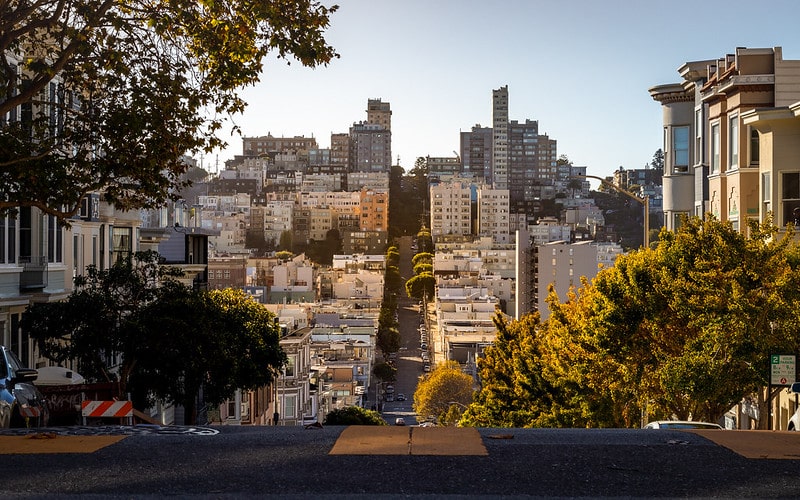The city of San Francisco has one of the lowest measures of canopy cover of any major US city (less than 15% and shrinking). Unlike many cities, San Francisco also placed the burden of street tree maintenance on property owners.
In 2014, it developed the San Francisco Urban Forest Plan (SF UFP), which described the other city plans that provided a foundation for the document and effectively cross-referenced other plans. But the plan was also a catalyst for change: it made the case that fragmented maintenance responsibilities were detrimental to the health of the urban forest. In 2016, 79% of San Francisco voters supported a ballot initiative to transfer responsibility of street trees from residents to the Department of Public Works, which even allocated $19 million from the City’s general fund to cover tree maintenance and infrastructure repair. (San Francisco Public Works, 2017)
